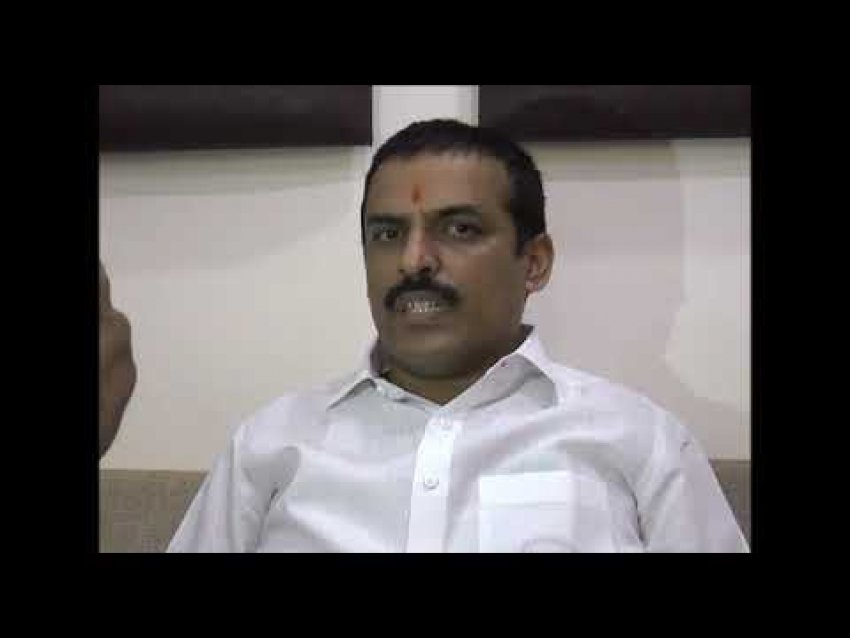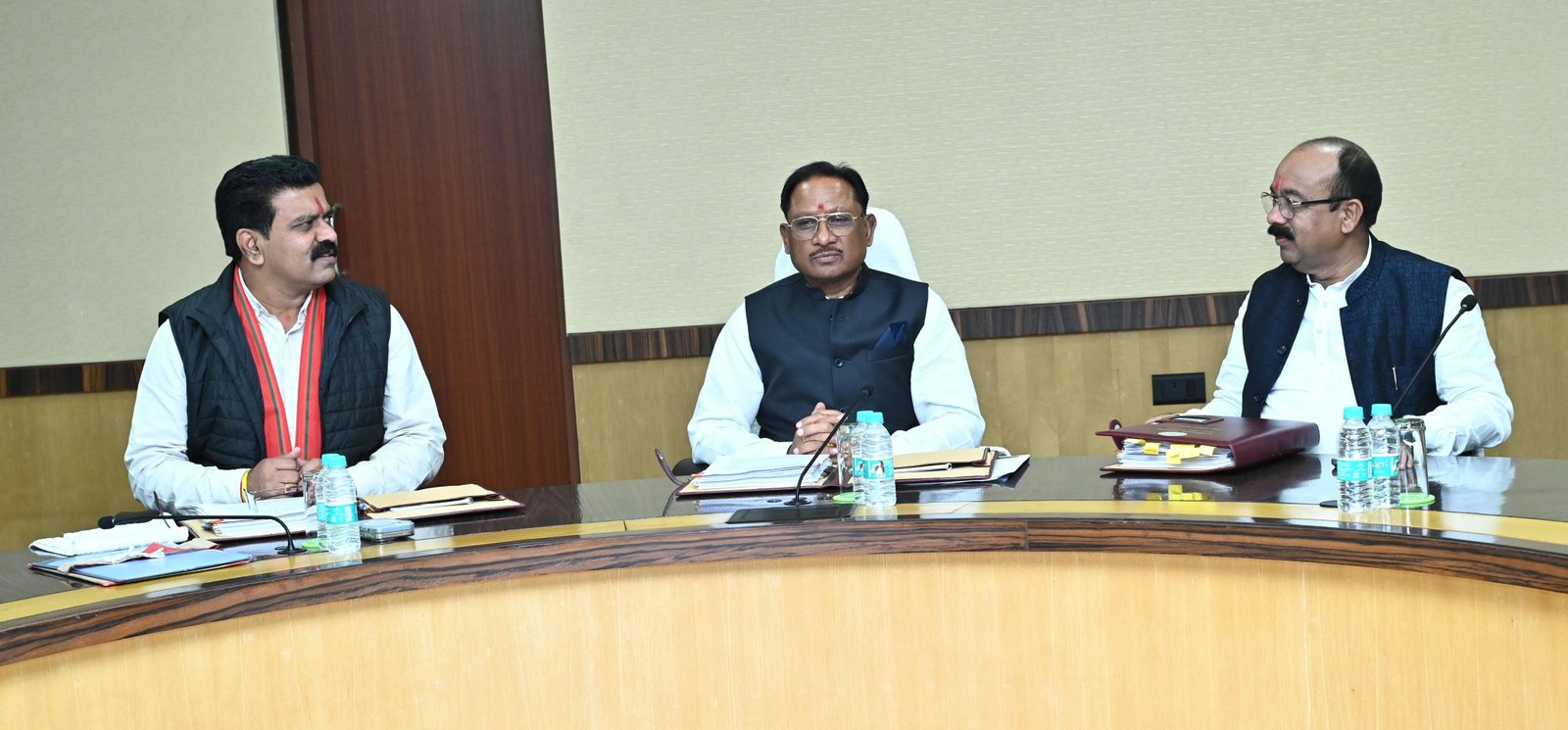Ajay Singh
Raipur. The thick forest cover and an even more difficult terrain which shielded Chhattisgarh from heavy influx of migrants for millennia unlike other parts of Indian sub continent, the same protection cover however, made this picturesque sleepy province a cauldron of cultural amalgamation in the last two centuries. Fervency with which the Ganesh festival is celebrated in the state, could just be a great testimony to this thriving cultural blend. Originally a Maharashtrian festivity, Ganeshotsav caught the fancy of ingenuous inhabitants of Chhattisgarh a couple of years after its inception by freedom fighter Bal Gangadhar Tilak in Pune in 1893. Historians differ on the beginning of Ganesha festival in the state. A section believes it was 'Jetusaav Mutt' a Vaishnavite monastery in ramparts of old Raipur, where first Ganesha idol was installed and a public function was organized on Ganesh Chaturthi somewhere around 1896. Whereas others say, it was Loharpara where first public Ganesh festival was held in 1903. The celebration got wings after Maharashtra Mandal was established in 1935 in Raipur. Began with ideals of spreading nationalism and awareness among the masses, the festival was pomp-free pure religious and social gathering during the churning for independence. Nevertheless, with the once laggard state which has attained miraculous growth during last 15 years, the festive razzmatazz leaves one nonplussed. Hundreds of pompous pavillion have been erected in every nook and corner of the bustling capital city Raipur this year too. High decibel Disco Jockey (DJ) vendors have been booked for the departing ceremony of lord Ganesha on Anant Chaturdashi. However, several organizers celebrate immersion ceremony days after Anant Chaturdashi due to limited availability of DJs which is a sort of compulsion for the organizers. A large section of devout Hindus however is worried over the precipitating exhibitionism in an essentially religious festival. "I was awestruck on hearing 'Nayak nahi Kahlnayak hun mei' a popular Bollywood number of nineties in a Ganesh procession and that too in an unbearably high volume. This is wrong, they are actually making our festivals a laughing stock", BJP leader Amarjeet Singh Chhabra writes on his Facebook wall. Water pollution is another concern which nobody seems to care. Major rivers such as Mahanadi, Indravati, Shankhini, Kailo, Arpa, Shivanath, Kharun and flowing through Shivri Narayan, Jagdalpur, Dantewda, Raigarh, Bilaspur, Durg and Raipur turns into a garbage sites fter the immersion ceremony. Chhattisgarh, traditionally a centre of Shakti ( Mother Goddess) worshipping territory due to the influence of Bengal and also on account of its large indigenous tribal people who mostly worship the supreme in its feminine form. Raipur, Bastar, Mahasamund, Korba, Raigarh districts near Odisha border have a sizeable population of Odiya community. Therefore, South eastern version of Vaishnavism is also popular across the state and its presiding deity is Lord Jagannath. Rath Yatras are held with great fanfare and reverence. In a way Chhattisgarh became a confluence of Bengali and tribal Shakts, Maharashtrian Ganapatya, and Odiya Vaishnavism. Shaivism has it own roots since millennia while a sizeable OBC and Dalit population also profess Kabirpanth, Satnam and Ramnami sects. Christianity is also spreading at a very fast pace among the weaker sections including tribes. Simultaneously, descendents of tribal chieftains who they think are rulers and protectors of Chhattisgarh appears to have become icons of hardcore Hindutva. Assassination of Dantewada BJP MLA Bhima Mandavi by the Maoists indicate that a conservative, feudal and essentially Hindu tribal class is asserting itself once again. Rise of Ganesha festival can be attributed to the state's vicinity to Vidarbh Nagpur region, 100 years of Maratah reign and the national movement.The Marathas attacked Chhattisgarh in 1741 and destroyed the Haihaya Kalchuri- branch of Rajputs- power. In 1758, the Maraths finally annexed Chhattisgarh, it came directly under Maratha rule and Bimbaji Bhonsle, was appointed the ruler. In 1818 Chhattisgarh came under some sort of British control for the first time. Historian C.W. Wills, writes, Chhattisgarh presents the remarkable picture of a Hindu government continuing till modern times outside the sphere of direct Mohammedan control.







